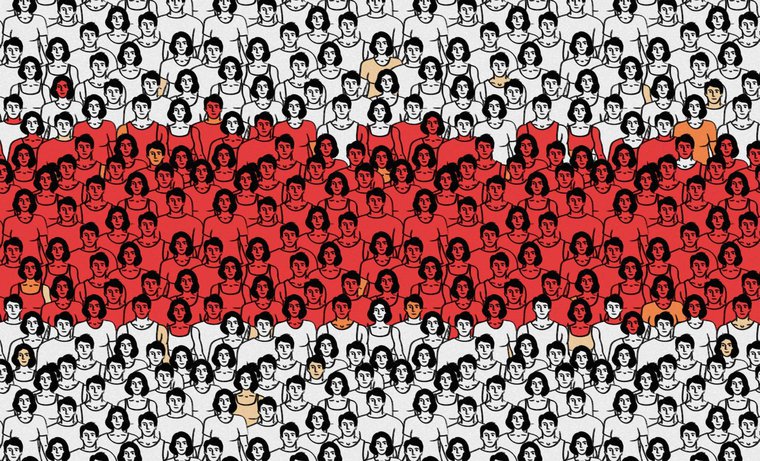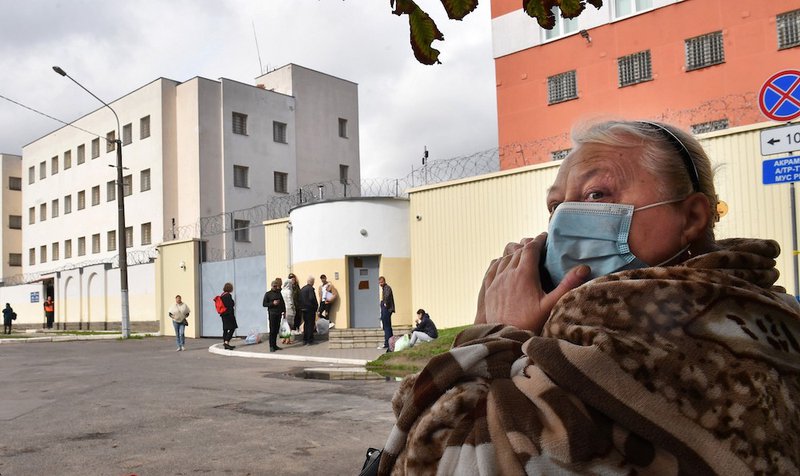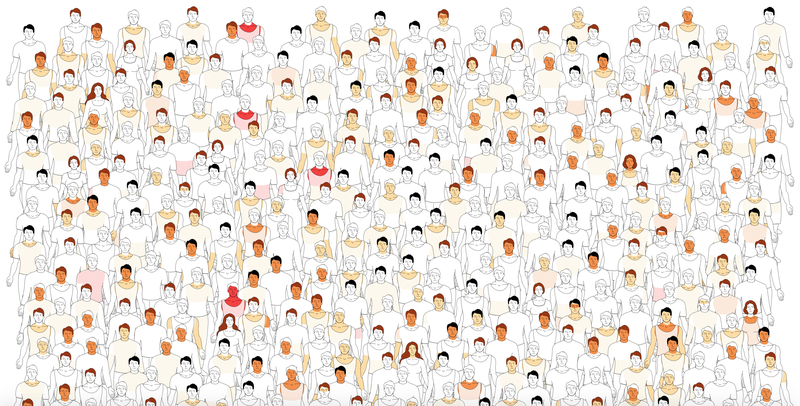Study: Remote learning adds pressure for teachers who work second shift as mothers
To relieve stress on teacher-mothers, researchers suggest improved parental leave policies, higher teacher pay and more equal distribution of household labor
BUFFALO, N.Y - The transition to remote learning coupled with an unequal distribution of second-shift responsibilities has placed teachers who are also mothers under immense stress, according to new University at Buffalo research.
The study explored the experiences and challenges facing teacher-mothers who perform the roles of educator in the classroom and parent at home, while also typically carrying out more household labor than their partners.
These responsibilities are exacerbated by technology that blurs the line between work and home, inadequate parental leave policies and low teacher pay, says study co-author Julie Gorlewski, PhD, chair of the Department of Learning and Instruction in the UB Graduate School of Education.
"Balancing a teaching career and motherhood seems to be becoming more difficult," Gorlewski says. "Both roles carry an expectation of selfless nurturing and can result in physical and emotional exhaustion.
"The implications of this work are particularly relevant today, where the roles of motherhood and teacher are intensified by the shift to online learning as a result of the pandemic. Through a greater understanding of the lived experiences of teacher-mothers, this study can inform policy and practice to better support an integral segment of the education workforce."
The research was published in late October in Educational Studies.
Additional investigators include Mary A. Hermann, PhD, JD, first author and associate professor at Virginia Commonwealth University; Robyn Walsh, PhD, assistant professor at Capital University; Lindsay Kozachuk, PhD, assistant professor at Palm Beach Atlantic University; UB Graduate School of Education doctoral candidate Elizabeth Ciminelli; and Virginia Commonwealth University School of Education doctoral candidates Dana Brookover and Michael Deitz.
Fatigue from rising expectations
The researchers surveyed 12 teacher-mothers across the nation working in elementary, middle and high school settings. During the interviews, several themes emerged around work-life balance, problematic cultural norms and financial difficulties.
The participants shared the benefits of both roles, including how being a mother allowed them to better relate to the parents of their students, and how their work as a teacher provided them with greater awareness of their children's development. However, they also experienced frequent exhaustion from perpetual caregiving, says Gorlewski.
Technology and the transition to remote learning have raised expectations for teachers, who are expected to maintain contact with parents throughout the day and with their students at all hours. These demands build on the additional work teachers perform after school hours on grading and lesson planning.
Due to the COVID-19 pandemic, parents became responsible for homeschooling their children after many schools shuttered. For teachers who have children, this responsibility in the household often fell on them as the parent better trained to provide instruction, says Gorlewski.
Societal norms compound these pressures for mothers, who face elevated expectations at home, says Gorlewski. The research found that teacher-mothers reported performing more second-shift activities (household labor such as cooking, cleaning and child care) than their partners. Even when partners contributed more equally toward household labor, mothers typically engaged in significantly more mental labor planning and managing tasks, she says.
Homemaking standards are also magnified by portrayals of the perfect home on social media, and women are more likely to face judgement if their households do not match these heightened expectations, says Gorlewski.
Opportunity in a time of crisis
The researchers advocate for numerous policy changes to reduce the challenges faced by teacher-mothers, including improved parental leave and teacher pay.
Most participants reported that they had to use sick and personal days to earn pay while they were on maternity leave, leaving them with little to no time off after their child's birth to attend follow-up doctor's appointments. Teachers in their early career are particularly disadvantaged, says Gorlewski, as they have less accrued time off.
Due to the small amount of paid maternity leave and pressure to breastfeed from doctors, nurses and friends, some teacher-mothers reported having to pump at work between classes or while preparing the next day's lesson.
In addition to the second shift, many teacher-mothers also work a second job. One in every six teachers work a second job, and teachers are three times more likely than other professions to have multiple jobs, says Gorlewski.
The researchers encourage schools to enact mentoring programs for new mothers as well, as many participants appreciated being able to ask colleagues for advice on parenting and managing multiple roles.
The pandemic presents the opportunity for the nation to rethink the norms in education and family systems, and for teacher-mothers to renegotiate policies in the classroom and expectations in the household, says Gorlewski.
She calls on partners to take equal responsibility for second-shift labor, and suggests teacher-mothers abandon perfectionistic standards of child care and household maintenance on social media in favor of portrayals that show the messiness of authentic parenthood.
"This unanticipated and challenging global event has the potential to reveal some of the invisible work of mothers and educators," says Gorlewski. "Advocates can use these results to promote better norms and policies to support teachers and all working mothers."
Future research will compare the experiences of teacher-mothers with teacher-fathers and teachers who are not parents.
###







